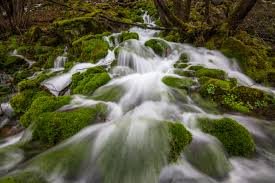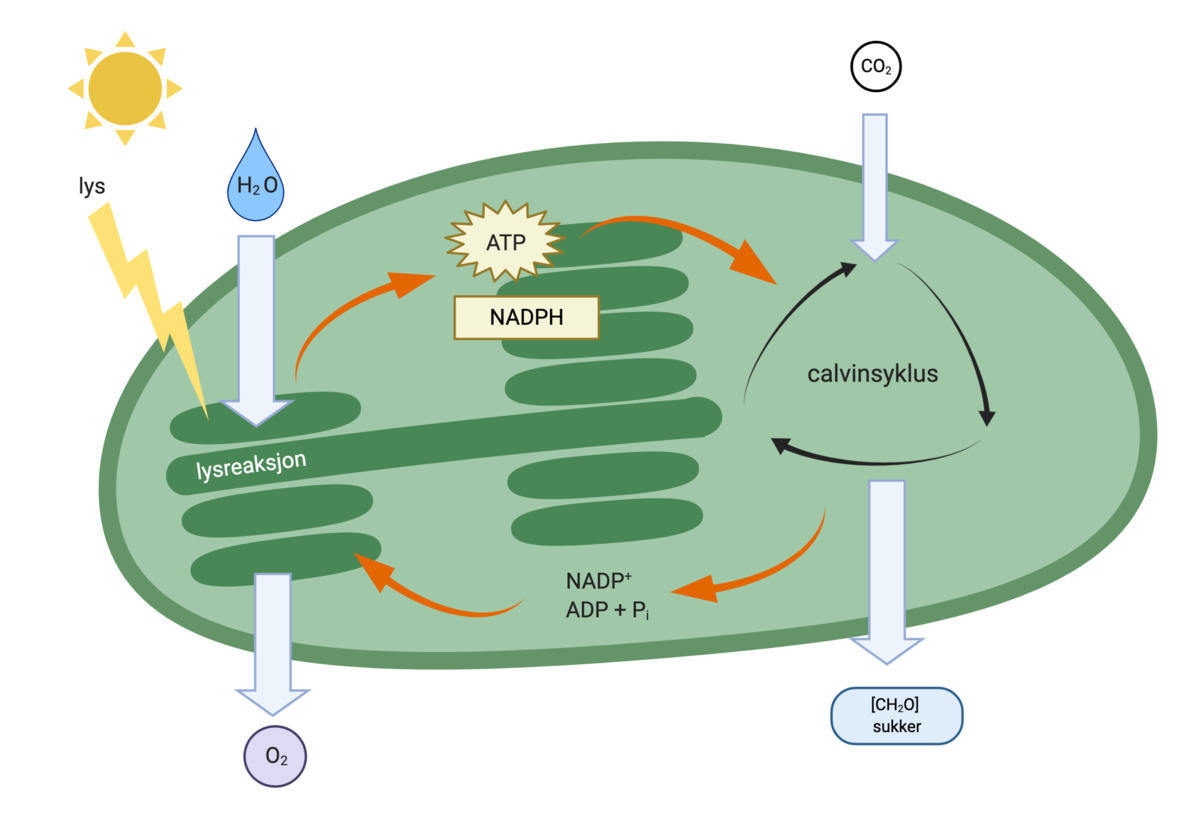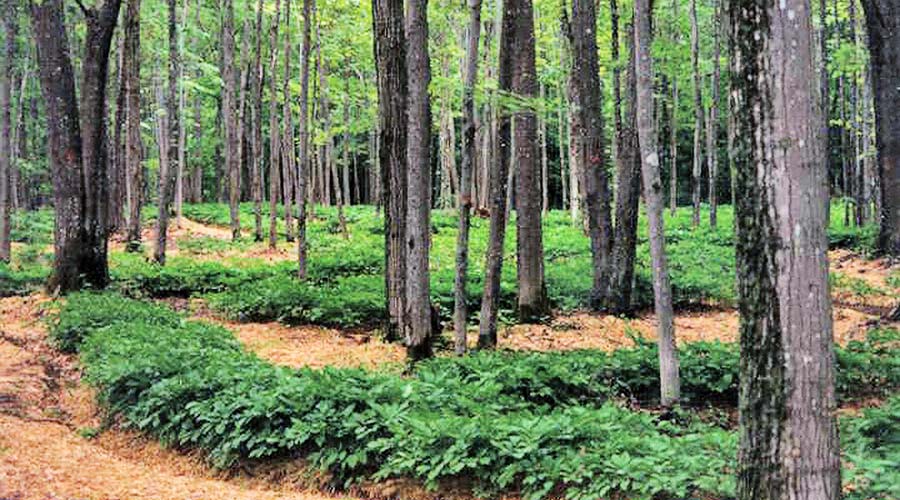Table of Contents
The Forest Resources Introduction:
Forest resources are assets that are found within a forest or woodland. These resources include timber and fuel wood, wildlife, water, soil, minerals, and recreational opportunities.
Forests are essential to the global ecosystem and provide a variety of environmental, economic, and social benefits. Timber is the most valuable forest resource, providing lumber, paper, and other wood products.
Fuel wood is also a major resource and is used for cooking, heating, and other purposes. Wildlife, both large and small, is another important resource, providing game and other types of animals for hunting, viewing, and other recreational activities.
Water resources, such as streams, rivers, and wetlands, are also found in forests and provide a habitat for fish and other aquatic life. Soil resources are critical to the health of a forest, providing nutrients and organic matter to support plant life. Minerals, such as gold, silver, and other rare metals, can also be found in forests.
Finally, recreational opportunities, such as hiking, camping, hunting, fishing, and photography, are available in many forests. Forests are essential for the preservation of global biodiversity. They provide a habitat for thousands of species of animals, plants, and fungi.
Forests also help regulate the global climate by storing carbon and releasing oxygen into the atmosphere. In addition, they serve as natural water filters, helping to maintain clean water sources. Forests also provide economic benefits, such as employment opportunities and income from harvesting timber and other products. Finally, forests provide social benefits, such as recreational opportunities and a sense of connection to nature.
Despite the many benefits of forest resources, they are threatened by a variety of human activities. Deforestation, overharvesting, and destructive land use practices all contribute to the loss of forests.
In addition, climate change is having an increasingly negative impact on forests, leading to increased mortality rates in some species. As a result, it is important to protect and manage forest resources in order to maintain their ecological and economic value.
The Definition of forest Resources:
Forest resources refer to the various goods and services that are derived from forests and other wooded lands. These goods and services are used by people in various ways, including for subsistence, economic activities, and recreation.
Forests provide a wide range of resources, including timber, food, fuel, and other materials. They are also important habitats for many species of plants and animals, and they help to protect water supplies and maintain soil health.
Timber is one of the most important forest resources. It is used in a variety of ways, from construction to furniture and paper production. In addition, forests are important sources of food, such as berries, nuts, and wild game. Forests also provide fuel for cooking and heating, as well as materials for crafts and traditional medicines.
Forests provide many other benefits, including recreational opportunities, such as hiking and camping, as well as educational opportunities, such as scientific research and nature study. They also help to regulate climate and weather patterns, filter pollutants and protect watersheds.
Finally, forests provide a number of aesthetic and spiritual benefits, such as providing a sense of connection to nature, beauty, and peace. They are also important cultural resources, providing a connection to past generations and a sense of identity for many people.

The Types of Forest Resources:
Forest resources are the resources that are derived from forests, such as trees, plants, animals, soil, water, and air. These resources can be used for a variety of purposes, including timber, fuel, food, medicine, and recreation.
1. Trees: Trees are the most important and abundant forest resource. Trees provide timber for construction, fuel for cooking and heating, and food for humans and animals. Trees are also important for controlling soil erosion, improving air quality, and providing habitat for wildlife.
2. Plants: Plants provide food, medicine, and habitat for animals. Plants also play an important role in controlling soil erosion, improving air quality, and providing oxygen to the atmosphere.
3. Animals: Animals provide food, medicine, and transportation. They also play an important role in controlling soil erosion, improving air quality, and maintaining a healthy ecosystem.
4. Soil: Soil is an important forest resource, as it provides nutrients for plants, food for animals, and a medium for water to collect. Soil is also important for controlling soil erosion and improving air quality.
5. Water: Water is an important forest resource, as it provides drinking water, irrigation water, and water for industrial and recreational activities. Water is also important for controlling soil erosion, improving air quality, and maintaining a healthy ecosystem.
6. Air: Air is an important forest resource, as it provides oxygen for humans and animals, and helps to maintain a healthy ecosystem. Air is also important for controlling soil erosion, improving air quality, and providing habitat for wildlife.
The Benefits of Forest Resources:
Forests are an invaluable resource for humans and the environment, providing numerous benefits that contribute to our health, prosperity, and quality of life. Forests provide us with oxygen, clean water, timber, fuel, food, and medicines.
They are also home to a multitude of plants and animals, providing habitat for many species. Forests also help to regulate our climate, providing cooling shade and moisture from their canopy and moderating the effects of climate change.
Forests are also a great source of timber and other building materials, providing us with the raw materials we use to build homes and other infrastructure. This is an important economic benefit, as it helps to create jobs in the forestry sector and provides income for local communities.
Forests also play an important role in protecting our water sources, as they act as natural sponges, absorbing and filtering out pollutants before they reach our streams, rivers, and lakes.
This helps to keep our water sources clean and safe for drinking and other uses. Forests also provide us with a place to relax and enjoy nature. They provide us with scenic beauty, peacefulness, and a reminder of our connection to the natural world.
This can help to improve our mental well-being, reduce stress and anxiety, and can even lead to physical health benefits. Finally, forests are also an important source of food, providing a range of fruits, nuts, mushrooms, and other edible items.
This is especially important in poorer countries, where forests provide a sustainable source of nutrition for people who might otherwise be unable to access food.
In summary, forests are a vital resource for humans and the environment. They provide us with a range of economic, environmental, and health benefits and should be protected and managed in a sustainable manner.
The Challenges facing Forest Resources:
The challenges facing forest resources are numerous and varied. From climate change and unsustainable harvesting practices to deforestation and illegal logging, the effects of human activities on forests are far-reaching and concerning.
Climate change is one of the greatest challenges facing forests today. Rising temperatures, changing precipitation patterns, and intensifying storms can all have serious impacts on forest health.
Warmer temperatures may lead to more frequent and intense wildfires, while changing precipitation patterns can lead to drought, which can cause trees to die and make them more susceptible to pests and diseases. Unsustainable harvesting practices are another major challenge.
In many parts of the world, forests are harvested at rates that are too high and too quickly, leaving behind a landscape that is unable to regenerate itself. This means that the forests are not able to provide the same levels of biodiversity and other benefits that they once did.
Deforestation is another major challenge. While some deforestation is a natural part of the forest cycle, much of it is caused by human activities such as logging, mining, and agricultural expansion. Deforestation destroys important habitats, reduces carbon storage capacity, and can lead to soil erosion and water pollution.
Illegal logging is another major challenge. In many parts of the world, logging is done without proper permits or regulations, resulting in the destruction of the forest and the loss of important habitats and resources. This can also lead to soil erosion and water pollution.
Finally, the effects of climate change are becoming increasingly evident in forests. Rising temperatures and changing precipitation patterns can lead to more frequent and intense wildfires, insect infestations, and droughts. These can have serious impacts on the health of forests and can lead to long-term damage.
The Conservation of Forest Resources:
Forest resources are essential for life on Earth. They provide food, fuel, shelter, and other essential products. Forests also serve as important habitats for wildlife and play a key role in the global carbon cycle, regulating the climate and protecting watersheds.
Conservation of forest resources is essential for the sustainable use and management of forest resources. Conservation efforts are designed to protect these resources and ensure their continued availability for future generations.
The most important conservation measure is to reduce deforestation and encourage sustainable forest management. This includes reducing the use of wood for fuel, limiting the spread of invasive species, and implementing measures to protect vulnerable species.
Reforestation is also important for replacing trees lost due to deforestation or other activities. Protected areas are another important conservation measure. Protected areas are areas of land set aside for the conservation of natural resources and wildlife.
They are managed by governments and non-governmental organizations to ensure that forests are managed in a sustainable and responsible manner. Education and awareness are also important for the conservation of forest resources.
People need to understand the importance of forest resources and how they can help to conserve them. This includes learning about the impacts of deforestation and other unsustainable practices, such as logging and burning.
Finally, research is necessary to understand the effects of deforestation and other human activities on forest ecosystems. This knowledge can be used to develop strategies for the conservation and management of forests. Conservation of forest resources is essential for the sustainability of the world’s forests and the ecosystems they support.
It requires the cooperation of governments, non-governmental organizations, and individuals to ensure that these resources are managed in a responsible and sustainable manner.
The conclusion of the Forest Resources:
The conclusion of the Forest Resources is that forests are an important natural resource that must be managed sustainably. Forests provide a variety of benefits, from providing habitat for wildlife to providing a source of fuel and timber for human use to helping to regulate the global climate.
It is essential that forests are managed in a way that preserves their biodiversity and ensures that their resources are utilized in a sustainable manner.
This means that forest management must be done with consideration for the needs of both humans and the environment. To this end, governments, local communities, and companies must work together to ensure that forests are protected and managed in an appropriate manner.
References for Forest Resources:
References for Forest Resources are materials that provide information about a variety of topics related to forests and forest resources. These references can range from books and journals to websites and other online resources.
Books: Books on forest resources provide a comprehensive overview of a wide range of topics, from forest ecology and management to the social and economic aspects of forests. Many books focus on specific topics, such as forestry economics, forest management, or the uses of forest resources. Additionally, books can provide valuable information about the history and culture of particular forests or regions.
Journals: Scientific journals are a great source of information about the latest research and developments in the field of forest resources. Journals often publish research articles, reviews, and editorials related to various aspects of forestry, including economic, ecological, and social factors. In addition, many journals also provide information about the latest technological advances in the field.
Websites: The internet is a great source of information about forest resources. Websites such as the Forest Service, the Environmental Protection Agency, and various non-profit organizations provide detailed information about the various aspects of forestry and forest management. Additionally, many government agencies and universities have websites dedicated to forestry and forest resources.
Databases: Databases are an invaluable resource for those interested in forest resources. These databases contain information about the distribution and condition of forests, as well as the economic and social aspects of forestry.
Additionally, many databases provide detailed information about the various species of trees found in forests. These are just a few of the many references available for forest resources.
Other sources of information include government documents, reports, studies, news articles, and other media. With the vast amount of information available, selecting relevant and reliable references is important.
Also, read VSEPR theory































Comment on “Forest Resources”
Comments are closed.